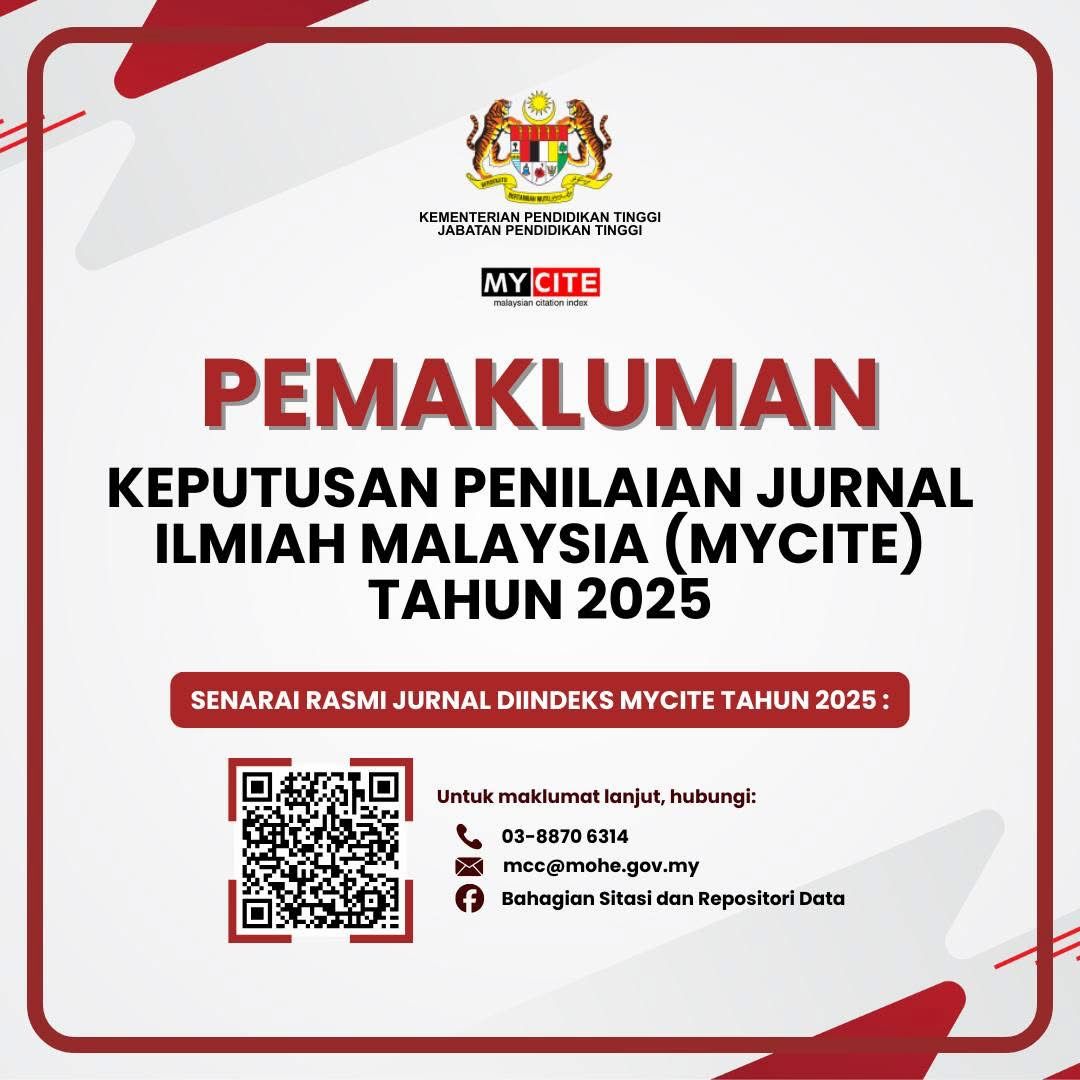Feminism in Contemporary Gongbi Painting: Formal Analysis Perspective
DOI:
https://doi.org/10.24191/idealogy.v10i2.825Abstract
This study focuses on the aesthetic characteristics of female artists and the representation of female figures in contemporary Gongbi painting. Traditionally known for its meticulous brushwork and detailed expression, Gongbi painting has undergone a transformation, adapting to modern contexts by integrating contemporary aesthetics, cultural narratives, and individual expression. In recent decades, female artists have played a crucial role in reshaping the genre, infusing it with new meanings and perspectives rooted in gender awareness and personal experience. The existing literature discusses the impact of feminism and the increasing presence of women in the art world, shedding light on how these factors influence both content and style. Scholars such as Kim, Elgammal, and Mazzone argue that formal elements—such as line quality, texture, and color—can be critically analyzed to understand an artwork's aesthetic values. Building on this approach, the present study applies formal analysis to examine the works of nine Chinese female artists, highlighting their contributions to the evolution of contemporary Gongbi painting.
Keywords: Gongbi painting, Feminism, Chinese painting, Formal analysis, Female artist
References
Chen, Y. (2023). Exploring the Spatial Expression of New Meticulous Figure Painting. Highlights in Art and Design, 4(1), 35-38.
Delap, L. (2005). Feminist and anti-feminist encounters in Edwardian Britain. Historical Research, 78(201), 377-399.
Gu, P. (2009). Who is the master of contemporary Chinese painting? New Visual Art, (1), 15-17.
Hall, D. E. (1996). Introduction Female Trouble: Nineteenth-Century Feminism and a Literature of Threat. In Fixing Patriarchy: Feminism and Mid-Victorian Male Novelists (pp. 1-17). London: Palgrave Macmillan UK.
Jiang, M. P. (2008). Chinese and Painting: an outsider's, inside experience of the Lingnan School and Xie He's writings (Doctoral dissertation, Open Access Te Herenga Waka-Victoria University of Wellington).
Kim, D., Elgammal, A., & Mazzone, M. (2022). Formal analysis of art: Proxy learning of visual concepts from style through language models. arXiv preprint arXiv:2201.01819.
Law, S. S., & Blishen, T. (2024). Reading Chinese painting: beyond forms and colors, a comparative approach to art appreciation. Shanghai Press.
Liu, R., Fauzi, T. A., Suhaimi, S. N., & Rozlan, R. M. (2025). The Aesthetic of Ruins in Dunhuang Murals. Idealogy Journal, 10(1).
MacKinnon, C. A. (1987). Feminism unmodified: Discourses on life and law. Harvard university press.
Meskimmon, M. (1996). The art of reflection: women artists' self-portraiture in the twentieth century. Columbia University Press.
Mokhtar, M. (2023). Evolution and Innovation in Traditional Chinese Painting: A Conceptual Study. Kurdish Studies, 11(2), 2611-2619.
Nicholson, L. (2010). Feminism in ‘waves’: useful metaphor or not?. New Politics, 12(4), 34-39.
Paletschek, S. (2005). Women’s emancipation movements in the nineteenth century: a European perspective. Stanford University Press.
Raven, A. (2018). Feminist art criticism: An anthology. Routledge.
Tickner, L. (1988). Feminism, art history, and sexual difference. Genders, (3), 92-128.
Wang, P. (2021). The Future History of Contemporary Chinese Art. U of Minnesota Press.
Yin, Z., & Xinzhi, C. (2014). Snapshots of Chinese Culture. Transaction Publishers.
Downloads
Published
Issue
Section
License
Copyright (c) 2025 UiTM Press

This work is licensed under a Creative Commons Attribution-NonCommercial-NoDerivatives 4.0 International License.
UiTM Press (the Publisher) has agreed to publish the undersigned author’s paper in Idealogy Journal. The agreement is contingent upon the fulfilment of a number of requirements listed below.
1. The undersigned author warrants that the paper entitled below is original, that it is not in any way libellous or unlawful in Malaysia, that it does not infringe any copyright or other proprietary right. The undersigned hereby represents and warrants that he/she is the author of the paper, except for material that is clearly identified as to its original source, with permission notices from the copyright owners where required. The undersigned represents that he/she has the power and authority to sign and execute this agreement.
2. The undersigned author warrants that the paper entitled below has not been published elsewhere, and also it will not be submitted anywhere else for publication prior to acceptance/rejection by this Journal.
3. By submitting the paper entitled below, the undersigned author agrees to transfer the rights to publish and distribute the paper in an international e-journal (entitled above) to Publisher.
4. The undersigned author agrees to make a reasonable effort to conform to Publisher's submission guidelines and to liaise with the editor to ensure that the requirements of these guidelines are met to a reasonable degree.
5. The corresponding author signs for and accepts responsibility for releasing this material on behalf of any and all coauthors. This agreement is to be signed by at least one of the authors who has obtained the assent of the co-author(s) where applicable. After submission of this agreement signed by the corresponding author, changes of authorship or in the order of the authors listed will not be accepted.



